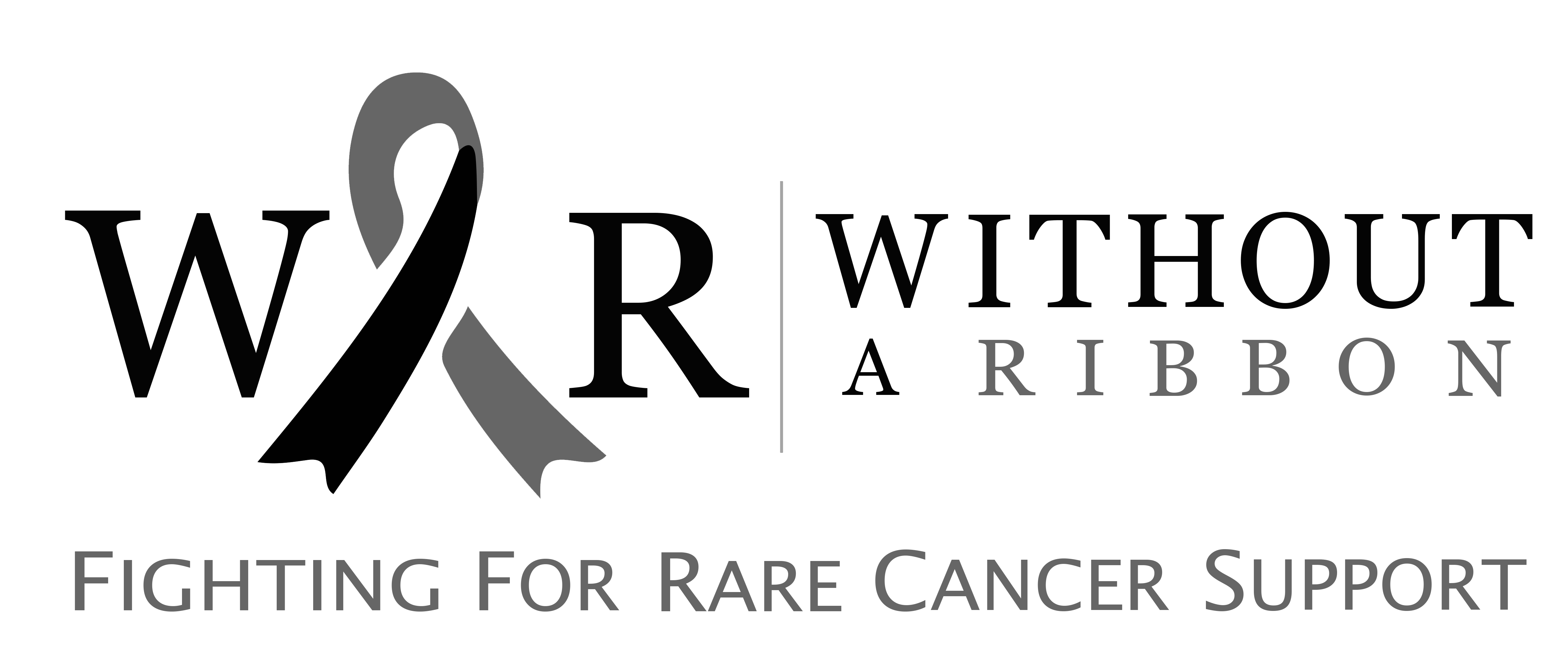What is Multiple Myeloma?
Multiple myeloma is a type of cancer that originates from the uncontrolled division of a type of white blood cells called plasma cells. Plasma cells are the mature B lymphocytes; these cells form antibodies and help to fight against foreign bodies and disease-causing agents such as bacteria and viruses. It is a condition in which excessive immature cells produce and accumulate in the bone marrow which produces abnormal proteins instead of antibodies. These abnormal proteins cause complications.
Disease Causes
There is no well-known cause, however certain hereditary and genetic factors are considered responsible for the development of multiple myeloma. Risk factors that can cause multiple myeloma are obesity, previous exposure to certain radiations or radiation therapy, multiple myeloma is any close family member, and exposure to certain chemicals.
Disease Epidemiology
It usually occurs in old age after the 4th decade of life, and the peak incidence of the disease is 60 or above 60 years. It is more common in men than women. The five-year survival rate after treatment is 54%. In 2015, it affected more than 488,000 people worldwide.
Signs and Symptoms
The patient may suffer from the following sign and symptoms. These are
- Pain in the affected bone in case of tumor of the bone particularly in the spinal cord or chest bones
- Bone fracture
- Constant Fatigue (feeling of tiredness)
- Nausea
- Loss of appetite
- Repeated infections
- Weakness or numbness in the legs
- Excessive thirst
- Mental confusion
- Headache
- Pain or numbness in the thumb, index, and middle finger
Diagnosis
The following diagnostic techniques and procedures can be used to make a diagnosis. These are
- Complete blood count (CBC)
- Protein electrophoresis
- Serum calcium levels
- Renal function test (RFT’s)
- Imaging techniques like USG, CT-scan, PET-scan, MRI, and X-ray.
- Bone marrow and affected tissue biopsy.
- Immunohistochemistry
Treatment
Treatment is recommended only if the patient has signs and symptoms, and in the absence of symptoms, only observation of the patient is recommended. In symptomatic cases, medications are prescribed to reduce the severity of symptoms. Other treatment options are chemotherapy, radiation therapy, and stem cell transplantation.
What support can we give for multiple myeloma?
Multiple myeloma is a rare cancer, meaning it is not as well known as other forms of cancer. Without a Ribbon is an Australian organisation that provides support for individuals who suffer from rare cancers. We provide a designated platform for Warriors to obtain information specific to their Rare Cancer. We also provide annual opportunities for our Warriors to meet and learn from each other. If you suffer from a rare cancer such as multiple myeloma, we can help and support you through your journey thanks to the generous donations we receive. Click the link below to sign up and become a Warrior today!
You can help us with your donation:
Without a Ribbon is a charity that works hard to aid those who suffer from rare cancers. You can help our cause in a variety of ways: Donations — Without a Ribbon is grateful when we receive every donation. Giving to Without a Ribbon helps us to provide ongoing support, organise the annual gathering and subsidise the costs of our Warriors attending these conferences. Sponsorship — If you wish to sponsor our charity, please contact us using this form. Volunteering — We are always looking for volunteers to help with different aspects of running our charity. So, if you are looking for volunteer work, please feel free to contact us.


